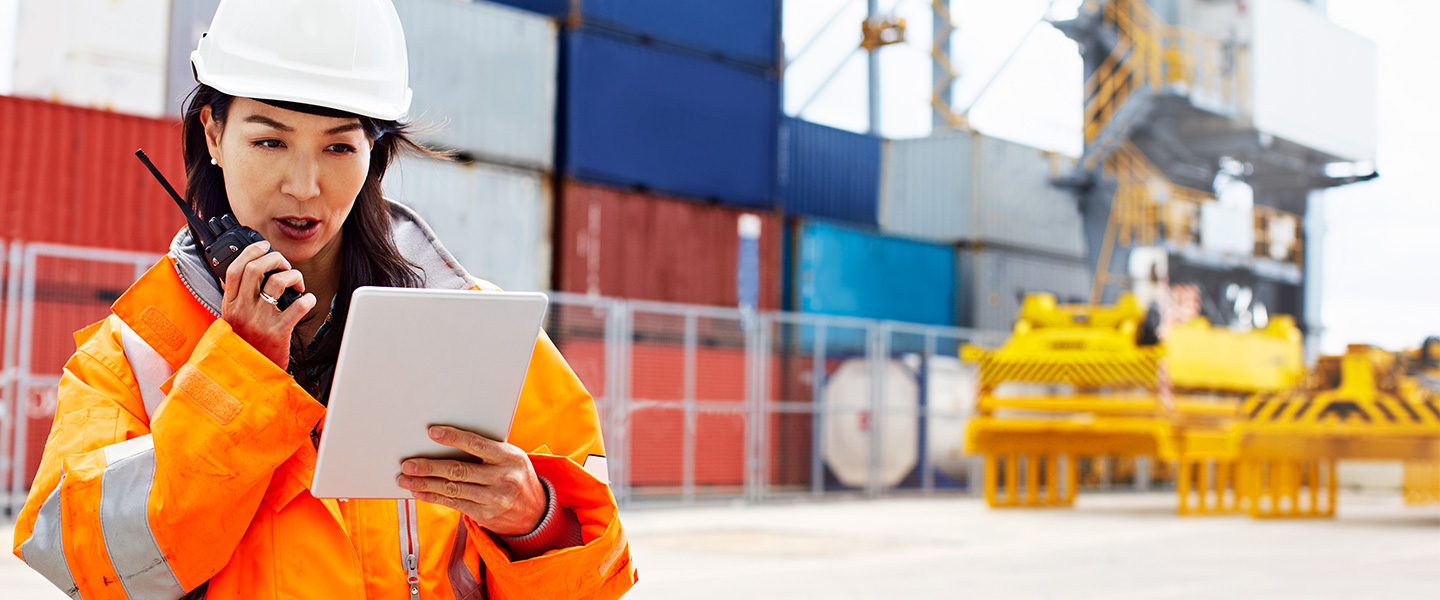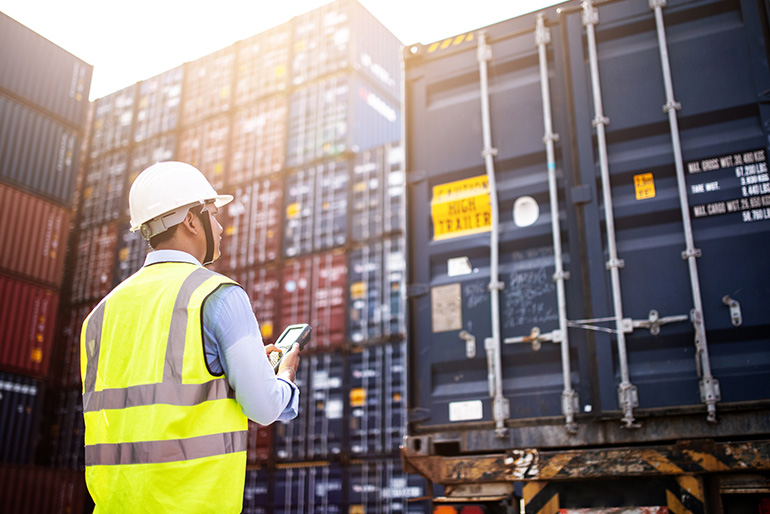Mankind’s most important invention? Trade


Think of a mouth-watering plate of crispy Japanese tempura prawns. Or gooey egg tarts from Macau. Or Indian vindaloo curry. None of these would exist without global trade.
In fact, they can all be traced back to Portuguese merchants, who sailed around the world from the 1500s onwards as part of their global trade network. They didn’t just exchange goods and money. They brought new ingredients and ways of cooking, which were quickly adapted into some of the world’s most beloved dishes that are still eaten today.
The point is that a world without trade would be unrecognisable in today’s interconnected community. In fact, without trade, humans might not be here at all.
“From 2010 until the outbreak of COVID-19, trade flows increased by 23 per cent.”
Early humans acquired new skills and mastery of crafts – learnings that helped us compete with Neanderthals, who were also alive during this period, and battled for resources. As Dan Sanchez, Director of Content at the Foundation for Economic Education and editor-in-chief of FEE.org, “Trade among Homo sapiens led to the first-ever division of labour among strangers.” As a consequence, trade fostered collaboration between communities who swapped ideas and innovations.
Without trade, innovation just does not happen, notes author Matt Ridley in The Rational Optimist: How Prosperity Evolves. In the past, it took the form of faster overseas shipping by advanced steamships, and faster communications through telegraph cables (the first underwater telegraph cable, laid in 1858, stretched nearly 3,200 kilometres along the ocean floor between the United Kingdom and the United States). Today, steam and mechanics have given way to digital innovation, and now, more than ever, the flow of goods depends on the flow of information.
Continual improvement is key as industry grows. From 2010 until the outbreak of COVID-19, trade flows increased by 23 per cent. So it’s imperative for trade communications to accelerate too, becoming ever smoother and more secure to support a world accustomed to fast-flowing goods. That’s why algorithms are continually refined to handle massive amounts of trade flow data and provide reliable verification of deals.
Find out more about Asia’s economic future
ASEAN GDP is expected to surpass the USD4 trillion mark by 2030
Read more
For example, we use optimal character recognition, a tool that turns paper shipping documents into formats machines can “read” for information. It may sound technical, but the advantages are huge, saving both time and resources. We also use natural language processing to digitally capture spoken and written language, providing clear records of transactions. That means teaching machines to understand language like a human — we’ve come a long way since the telegraph.

While tech is important, trade is a human endeavour and for commerce to continue people must cooperate. Technology providers, fintechs and governments are already working to simplify cross-border trade processes by designing digital trade platforms but this can give rise to another problem: too many different platforms, each speaking their own language (need an example? Think of how incompatible Apple and Android systems are.) With varying rules and protocols, multiple systems can make smooth trade more difficult.
The solution is to build “digital bridges” to foster cooperation. At Standard Chartered, we’re working with various institutions to set standards which level the playing field. We’re also working on government-backed initiatives like Singapore’s Networked Trade Platform. Its goal is to build a single portal to manage trade, develop new technology, and drive industry-wide digital transformation. Because the more unified and simplified systems are, the easier trade becomes.

Those unified and simplified systems of trading allow countries to exchange the materials and skills in which they specialise. This can mean that a single product bears the fingerprints of multiple countries. In his book More: the 10,000-Year Rise of the World Economy, Philip Coggan uses an example of a product that has been traded through the ports of Singapore countless times: the iPhone. With its multitude of components, the smartphone features parts from South Africa, Taiwan, the Netherlands, France and many other nations. And yet, he adds wryly, “the iPhone is still thought of as a quintessentially US product.” In fact, it represents the shared cooperation and livelihood of thousands of factory workers, designers, miners and maritime crews from around the world.
So the next time you buy a shirt, bite into some crispy tempura or ride a bus, think about the ingenuity and collaboration that made them possible. As a bank invested in global trade flows, we want to stay at the forefront of innovation, and by doing so, help people and businesses everywhere to prosper.
Ninety per cent of what you buy comes to you by sea. We explore why cargo ships are a vital…
Can global trade overcome a banana pandemic, piracy and the need to ship car parts in luggage?
Our planet is warming at a dangerous rate. What impact is this having on trade, and the communities who rely…